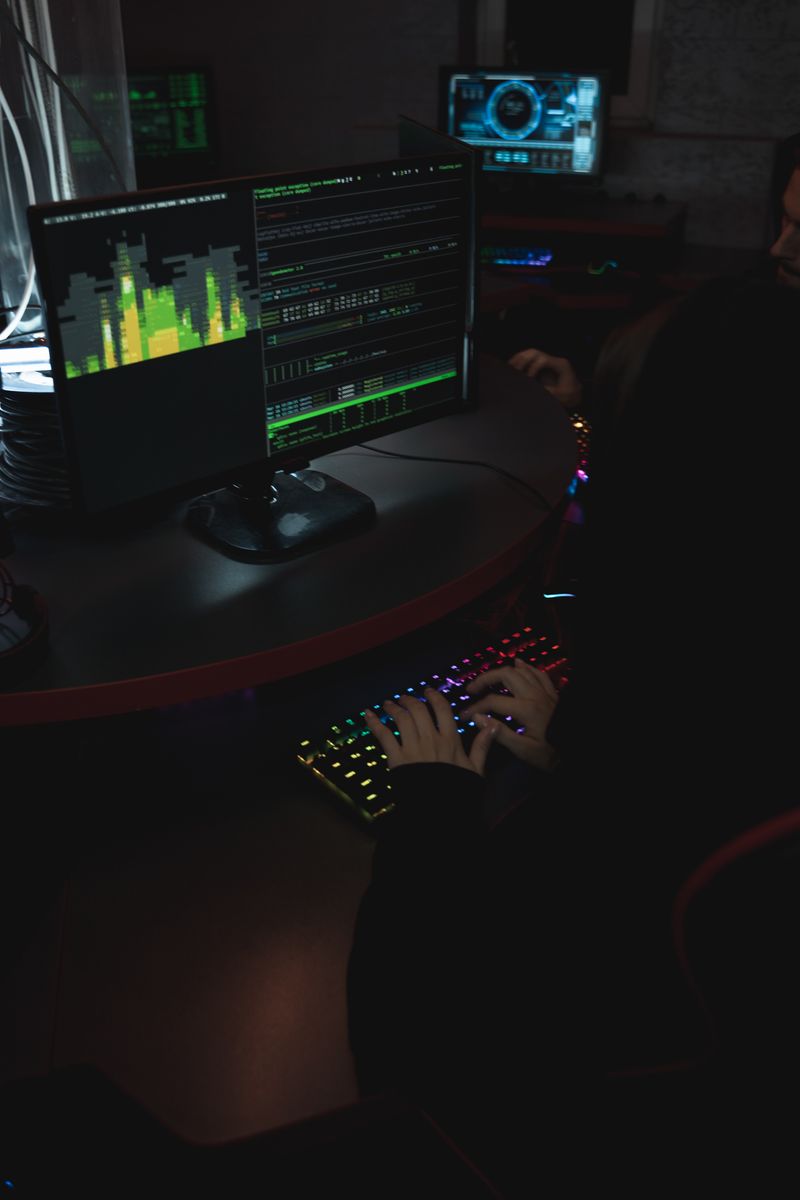Artificial Intelligence and the Future of the Security Industry
The Influence of Artificial Intelligence in Security
Artificial intelligence (AI) has become an omnipresent force in our lives, impacting various industries, including cybersecurity. As technology continues to advance at an exponential rate, AI is reshaping the security landscape and posing both opportunities and challenges for security professionals. Nayaki Nayyar, CEO of Securonix, and Chris Inglis, former US National Cyber Director, recently discussed the impact of AI on the security industry, particularly in the realm of security information event management (SIEM).
The Boost and Bane of Generative AI
One aspect of AI that has garnered attention is generative AI, a technology capable of producing novel and creative outputs based on patterns and data fed into it. While generative AI has shown remarkable potential for innovation and problem-solving, it also poses significant risks in the realm of cybersecurity. Nayaki Nayyar and Chris Inglis both acknowledge the dual nature of generative AI, which can be both a boost and a bane for security professionals.
The Boost: Enhanced Threat Detection and Incident Response
Generative AI holds promise in enhancing threat detection and incident response capabilities. By analyzing vast amounts of data and discerning patterns that may elude human analysts, generative AI can identify potential cyber threats and help security teams respond swiftly and effectively. This technology allows for real-time threat hunting and empowers security analysts with advanced tools to combat evolving cyber threats.
The Bane: Intelligent Adversaries and AI-driven Attacks
On the flip side, generative AI can also be harnessed by malicious actors to orchestrate sophisticated attacks. By simulating and predicting security countermeasures, adversarial AI agents can exploit vulnerabilities and evade detection. As AI becomes more prevalent, we must anticipate a future where intelligent adversaries leverage AI to launch complex attacks, making traditional defense strategies insufficient. This presents a formidable challenge for the security industry and necessitates proactive measures to stay one step ahead of these AI-driven threats.
The Impact on the SIEM Market and Beyond
Security information event management (SIEM) systems play a crucial role in monitoring and analyzing security events across an organization’s network. The advent of AI has the potential to revolutionize SIEM and empower security teams with unprecedented capabilities.
AI-driven SIEM: Enhanced Threat Detection and Response
AI-powered SIEM solutions can analyze security events in real time and pinpoint potential threats with higher accuracy. By leveraging machine learning algorithms, SIEM platforms can adapt to evolving threats, identify anomalies, and provide actionable insights for incident response. This evolution in SIEM technology has the potential to significantly reduce detection and response times, bolstering an organization’s security posture.
Preparing for the Future: AI-Centric Security Strategies
Nayaki Nayyar and Chris Inglis advocate for a forward-looking approach to security, emphasizing the need for leaders to embrace AI as a central component of their security strategies. This involves investing in AI-driven solutions, building AI expertise within security teams, and fostering collaboration between AI and cybersecurity professionals. Additionally, they stress the importance of regulatory frameworks and industry standards to govern the responsible use of AI in security applications.
Protecting Against AI-Driven Cyber Threats
Ethical and Transparent AI Development
As AI becomes increasingly interwoven with the security industry, ethical considerations must underpin the development and deployment of AI technologies. Transparency and accountability should be prioritized to ensure that AI systems are fair, unbiased, and do not perpetuate discriminatory practices. Organizations must take responsibility for building AI that aligns with ethical principles and upholds privacy rights.
Continuous Monitoring and Adaptive Defense
To counter AI-driven cyber threats, a proactive and adaptive defense approach is crucial. Continuous monitoring and analysis of network traffic, user behavior, and system anomalies can help identify AI-driven attacks at early stages. Through the integration of AI into defense mechanisms, security teams can develop defensive strategies that can adapt in real-time to combat evolving AI threats.
Cross-Sector Collaboration and Knowledge Sharing
Addressing the challenges posed by AI in cybersecurity requires broad collaboration and knowledge sharing among industry stakeholders, academia, and government entities. By working together, exchanging insights, and sharing threat intelligence, the security community can collectively stay ahead of the curve in combating AI-driven threats.
Investment in AI Research and Development
Given the rapid advancements in AI technology, continued investment in research and development is essential. Governments, educational institutions, and the private sector should allocate resources to foster AI expertise and innovation. By nurturing talent and supporting AI research, we can effectively harness the power of AI in the security industry while being prepared to counter emerging threats.
Conclusion
As AI continues to reshape the security industry, leaders in cybersecurity must embrace the potential of AI while remaining cautious about its risks. The boost in threat detection and incident response capabilities offered by AI is undeniable. However, the bane of AI-driven attacks and intelligent adversaries requires proactive measures to ensure security professionals are equipped to combat these emerging threats.
Investing in AI-driven solutions, developing AI expertise within security teams, and promoting ethical practices are critical for a secure future. Cross-sector collaboration and knowledge sharing will be essential in staying ahead of AI-driven cyber threats. Ultimately, the responsible and ethical use of AI is imperative for striking a balance between technological advancement and safeguarding our digital ecosystems.

<< photo by Dan Nelson >>
The image is for illustrative purposes only and does not depict the actual situation.
You might want to read !
- Secure Solutions: Navigating Enterprise Cybersecurity within the Data Fabric
- ProjectDiscovery Secures $25M in Series A Funding and Unveils Innovative Cloud Platform
- The Future of Healthcare: Exploring the Impact of Secure Edge Computing on AT&T
- The Hidden Threat: Stark#Mule Malware Campaign Exploits US Army Documents in Targeting Koreans
- “Meme-Themed Cyberattacks Exploit Microsoft Follina Bug in Travel Industry”
- Securing SaaS: Tackling the Underlying Threats, AppOmni Urges
- Why Hubble’s Plea for a Return to Infosec Fundamentals Cannot be Ignored
- Fifty Minutes of Hacking Brilliance: Inside the DEF CON Battle to Crack ChatGPT
- Exploring the Landscape of AI Risk and Resilience: 8 Firms CISOs Should Keep Tabs On
- The Acceleration of AI: White House Fast-Tracks Executive Order
- Robo-Warfare: Utilizing Technology to Combat Robocalls
- Intelligent Vigilance: Unleashing Threat Intelligence with CoPilot AI
- Foretrace’s “Tim” AI Analyst: Revolutionizing Data Leak Assessment and Response
- Phishing Attack Targets Zimbra Customers: An Urgent Wake-Up Call for Cybersecurity
- The Cybercrime Crackdown: A United Front Against Online Criminals in Africa
- Unleashing Havoc: Unveiling the New Zimbra Email Attack Campaign
- Expanding the Definition of ‘Endpoint’ to Tackle Cloud Threats




